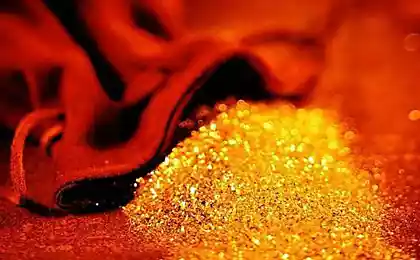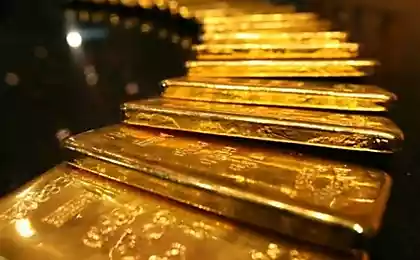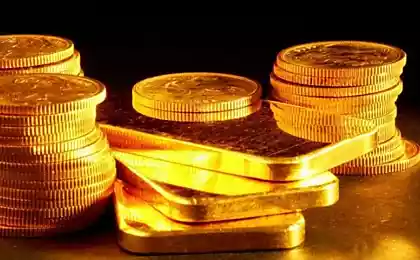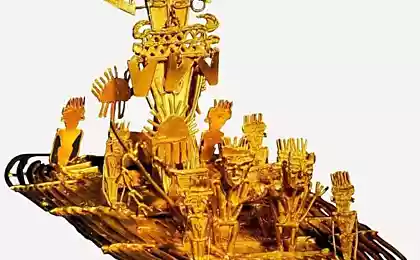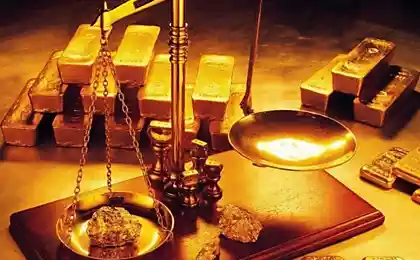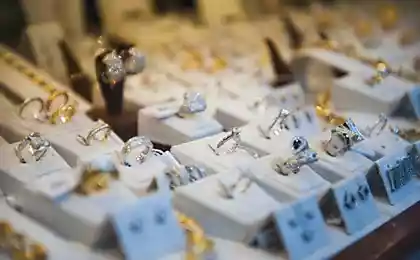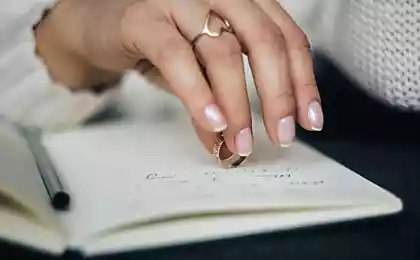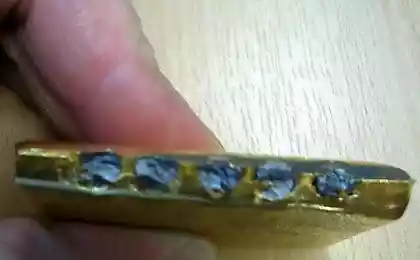248
Sample of Soviet gold: the buyer told why he hunts for family jewelry
In the USSR, every resident was sure that Soviet gold was a model of the highest quality. After all, the state control over the production and sale of any gold jewelry was very strict. soviet There were no goals to deceive the ordinary consumer to cash in on him. But is everything so rosy?
Today's edition. "Site" I wonder if Soviet gold jewelry is as good as many people think. And is it true that all these products were sold at the most honest price to the common people?

It is no secret that ordinary citizens believe that the “twisting” of the Soviet state on gold jewelry was minimal. They say that ordinary people did not live richly. So, people simply did not have extra money to buy jewelry. However, everything is a little different, writes the buyer Benjamin.
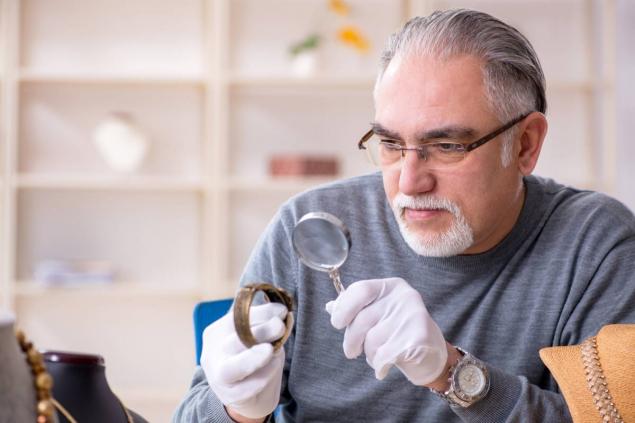
Any more or less experienced jeweler knows that Soviet gold jewelry is a big fraud. This is a way to get consumers around their fingers. And this was done, of course, for the purpose of earning money. And the earnings are quite impressive.
Still, it is worth admitting that the quality of manufacturing has always been at the top. Both gold and other precious metals (like platinum or silver) were of good quality. The sample corresponded to the declared indicators, and the presence of impurities (copper, nickel, etc.) was within the normal range. But, as they say, there was a nuance...

What's wrong with the stones? The fact is that instead of precious stones, artificial analogues were almost always inserted into jewelry. And it was done very clumsy and unsophisticated. Colorless corundum was stained under laboratory conditions. And, depending on the color, sold as ruby, amethyst, sapphire or any other stone.
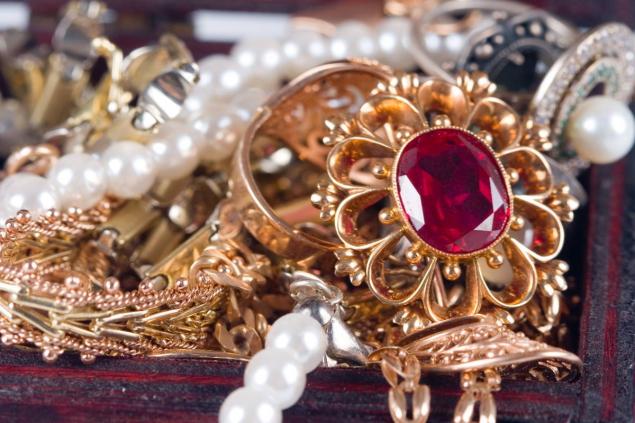
Of course, the state fully controlled this industry, so frankly could not cheat. Therefore, in the characteristics of the decoration directly on the tags there was information only about the quality of the metal, but there were no descriptions of the stone. In the same rare cases where the gemstones were real, the characteristics of the stone were mandatory.
If we talk about forgeries of stones, rubies were forged in the tsarist time. Synthetic replacement was found alexandrite, tourmaline, sapphires. The Soviet Union simply did not produce these minerals that could be processed.
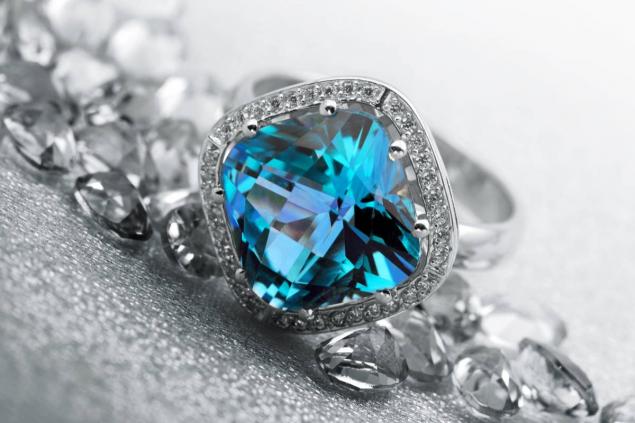
Although it is worth mentioning gemstones that were not forged, such as diamonds, and sometimes emeralds. Less valuable topazes, corals and amber were mined on the territory of the USSR, so it did not make much sense to forge them.
The main fraud was hidden in the pricing. Sometimes the state so inflated the price that jewelry at a cost of 25-30 rubles cost the consumer 300 rubles (and this is two average salaries, for a minute). Therefore, to talk about an honest price is simply naive, the buyer claims.
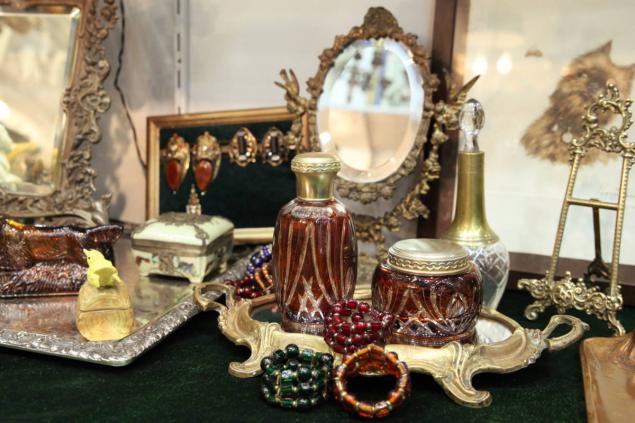
Still. jewellery The Soviet era also had positive qualities. For example, they were distinguished by a decent build quality. And the same fasteners on stones or locks on earrings were very reliable, served for many years. And compliance with the declared sample of any precious metal today makes many buyers with foam at the mouth to bargain for old jewelry.
Today's edition. "Site" I wonder if Soviet gold jewelry is as good as many people think. And is it true that all these products were sold at the most honest price to the common people?

It is no secret that ordinary citizens believe that the “twisting” of the Soviet state on gold jewelry was minimal. They say that ordinary people did not live richly. So, people simply did not have extra money to buy jewelry. However, everything is a little different, writes the buyer Benjamin.

Any more or less experienced jeweler knows that Soviet gold jewelry is a big fraud. This is a way to get consumers around their fingers. And this was done, of course, for the purpose of earning money. And the earnings are quite impressive.
Still, it is worth admitting that the quality of manufacturing has always been at the top. Both gold and other precious metals (like platinum or silver) were of good quality. The sample corresponded to the declared indicators, and the presence of impurities (copper, nickel, etc.) was within the normal range. But, as they say, there was a nuance...

What's wrong with the stones? The fact is that instead of precious stones, artificial analogues were almost always inserted into jewelry. And it was done very clumsy and unsophisticated. Colorless corundum was stained under laboratory conditions. And, depending on the color, sold as ruby, amethyst, sapphire or any other stone.

Of course, the state fully controlled this industry, so frankly could not cheat. Therefore, in the characteristics of the decoration directly on the tags there was information only about the quality of the metal, but there were no descriptions of the stone. In the same rare cases where the gemstones were real, the characteristics of the stone were mandatory.
If we talk about forgeries of stones, rubies were forged in the tsarist time. Synthetic replacement was found alexandrite, tourmaline, sapphires. The Soviet Union simply did not produce these minerals that could be processed.

Although it is worth mentioning gemstones that were not forged, such as diamonds, and sometimes emeralds. Less valuable topazes, corals and amber were mined on the territory of the USSR, so it did not make much sense to forge them.
The main fraud was hidden in the pricing. Sometimes the state so inflated the price that jewelry at a cost of 25-30 rubles cost the consumer 300 rubles (and this is two average salaries, for a minute). Therefore, to talk about an honest price is simply naive, the buyer claims.

Still. jewellery The Soviet era also had positive qualities. For example, they were distinguished by a decent build quality. And the same fasteners on stones or locks on earrings were very reliable, served for many years. And compliance with the declared sample of any precious metal today makes many buyers with foam at the mouth to bargain for old jewelry.
What should a literate parishioner do when entering the temple, and what things should be postponed until the end of the service?
Single teenager: what to do if you notice a child in the late evening
